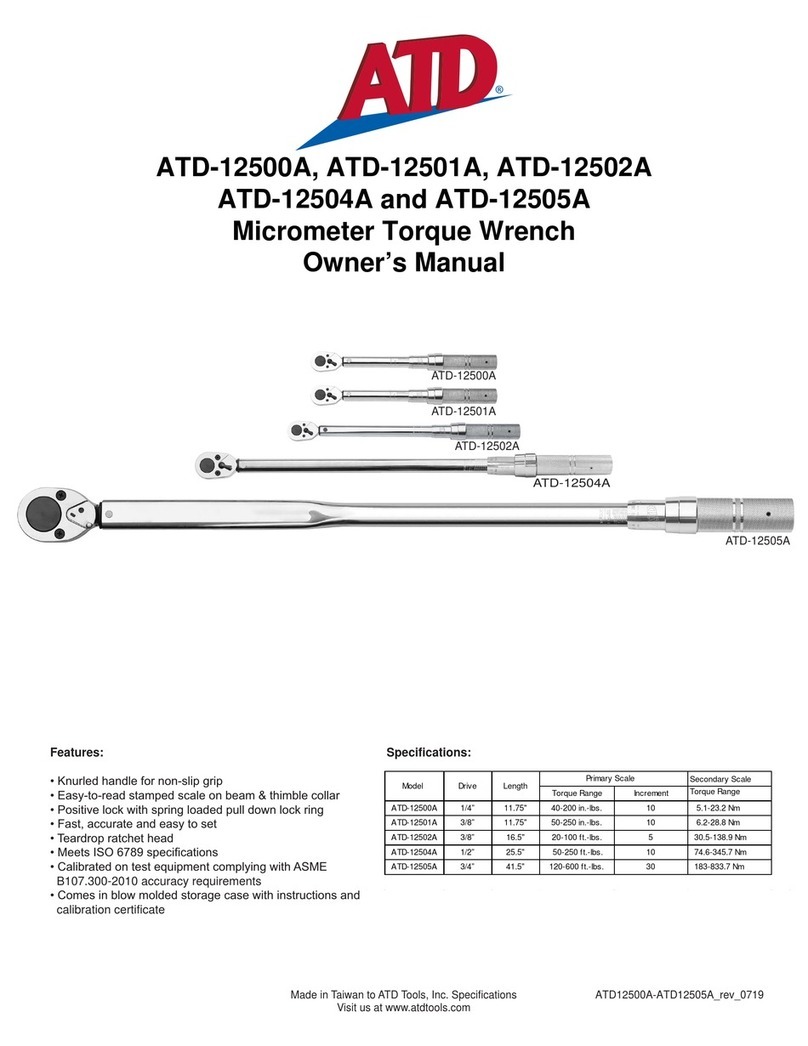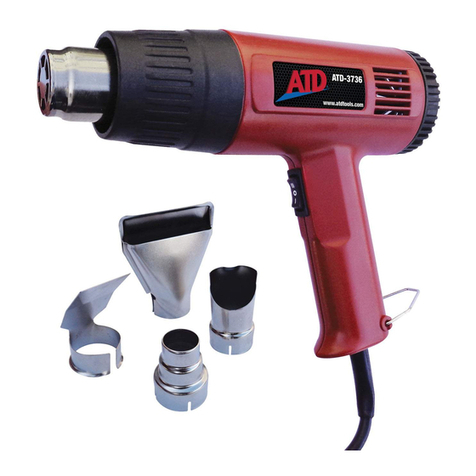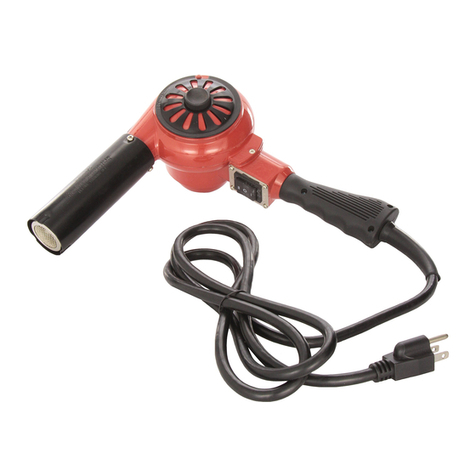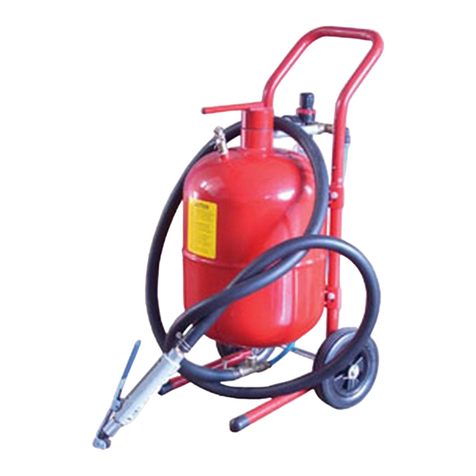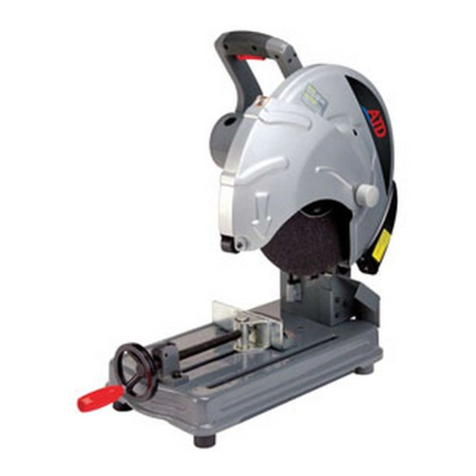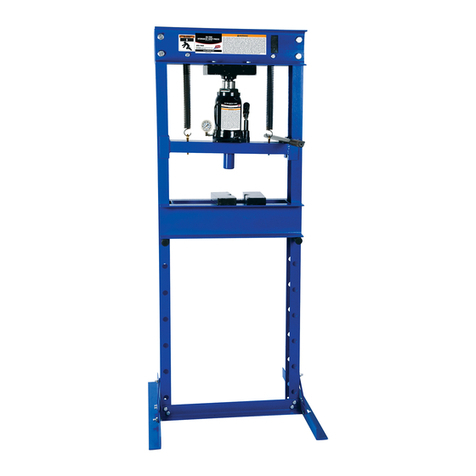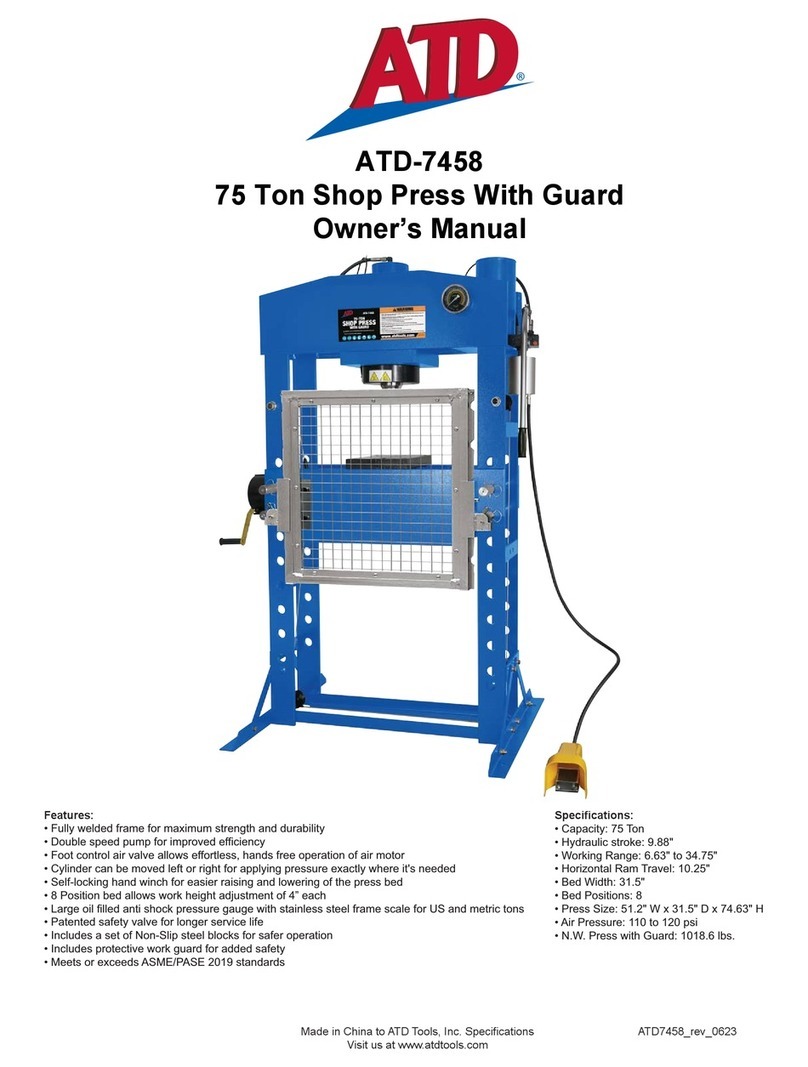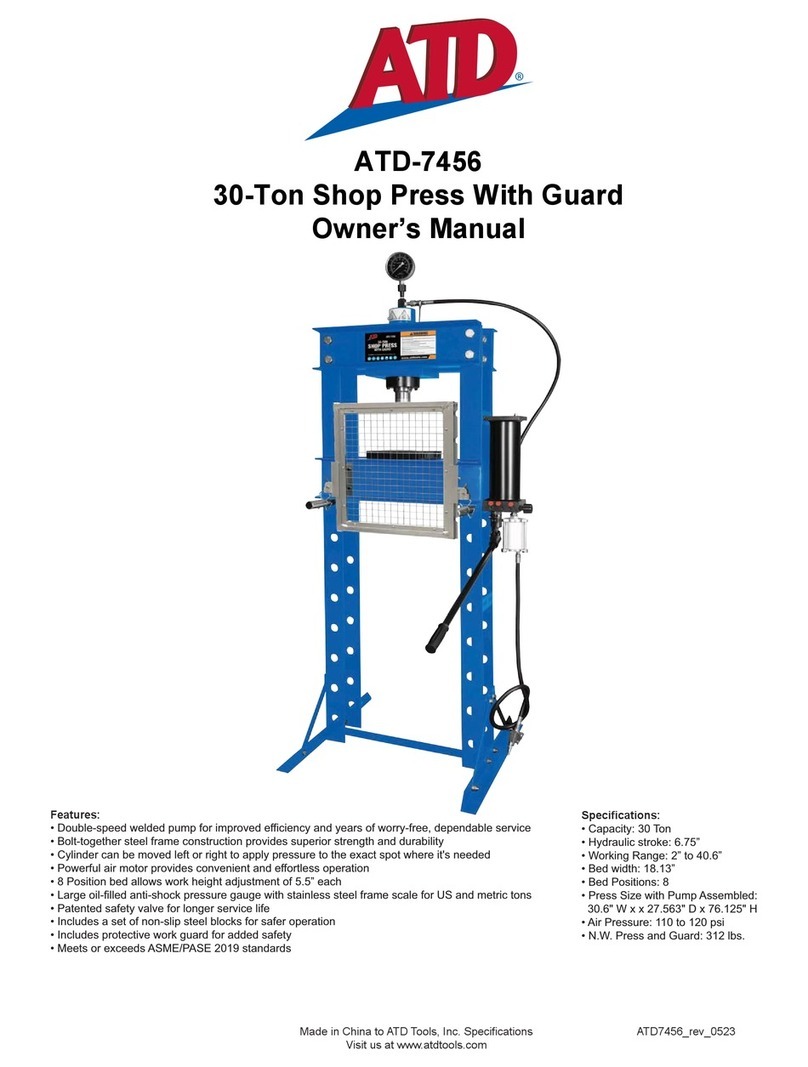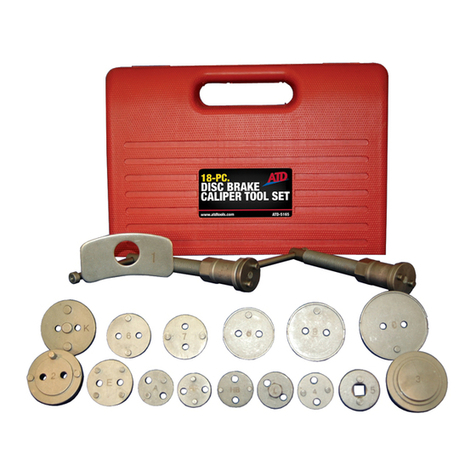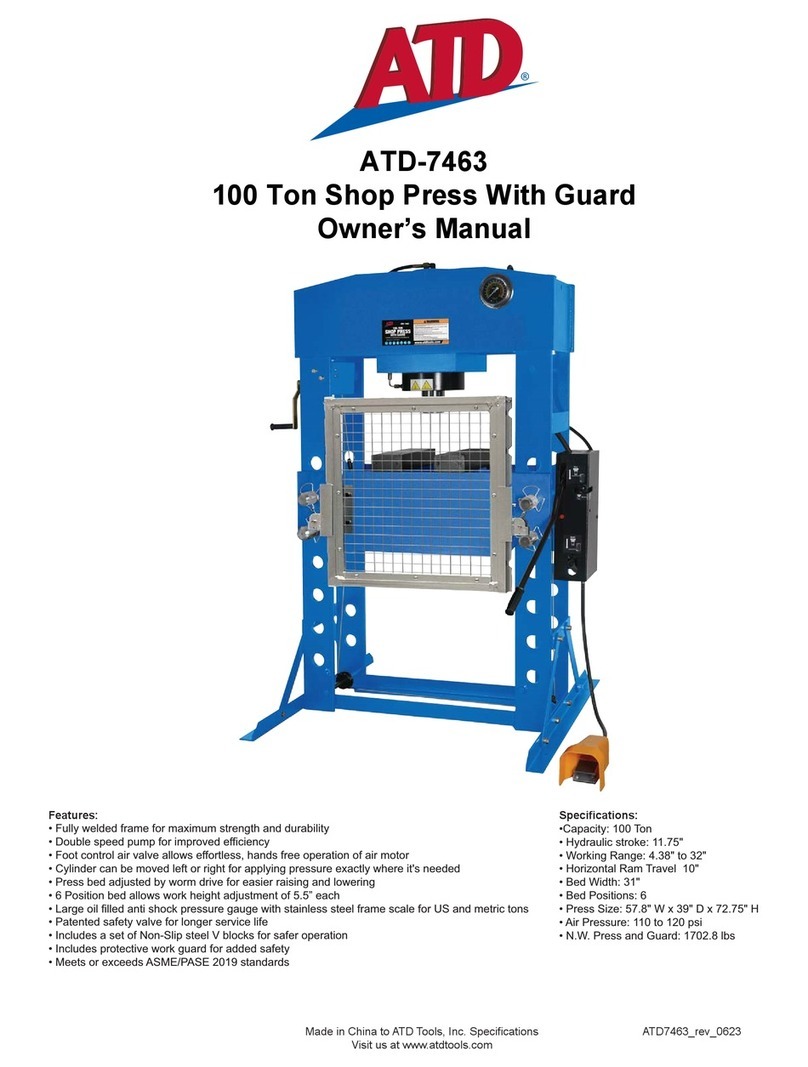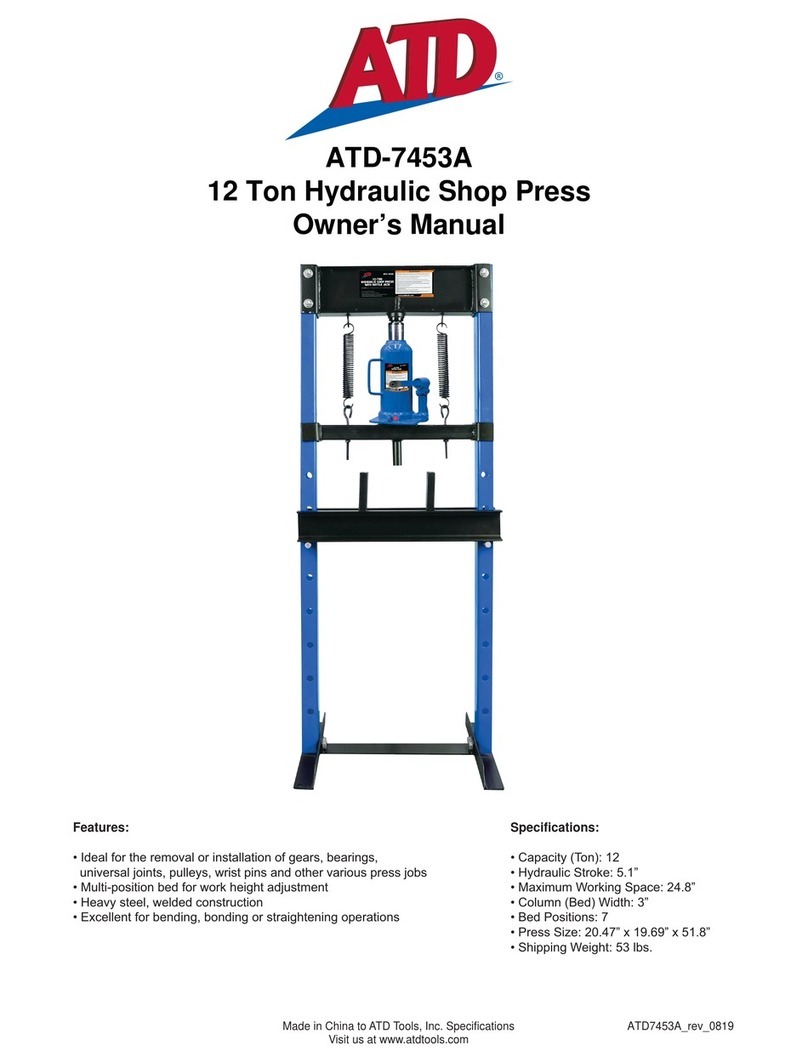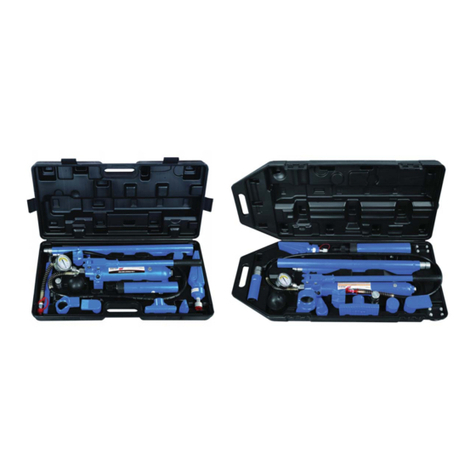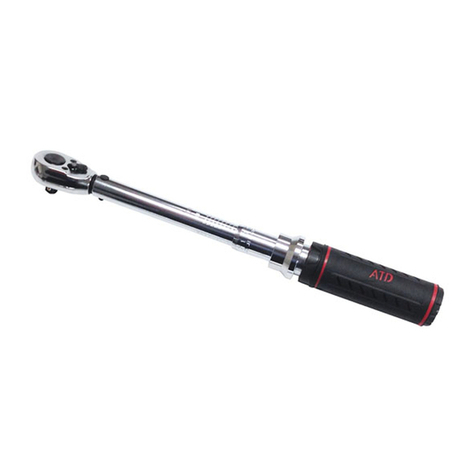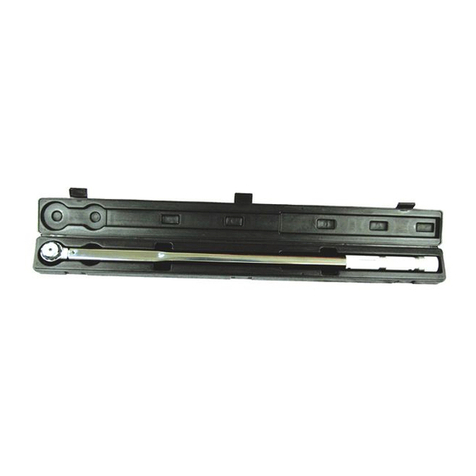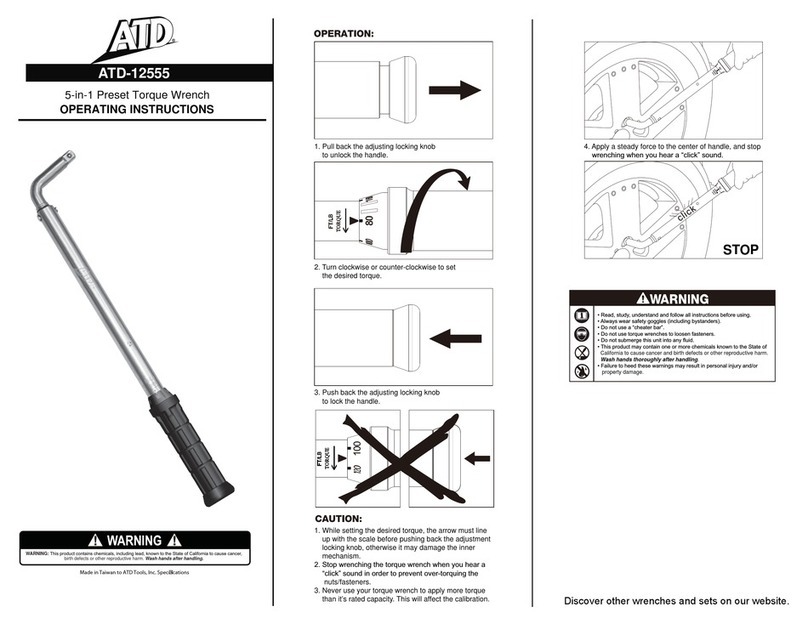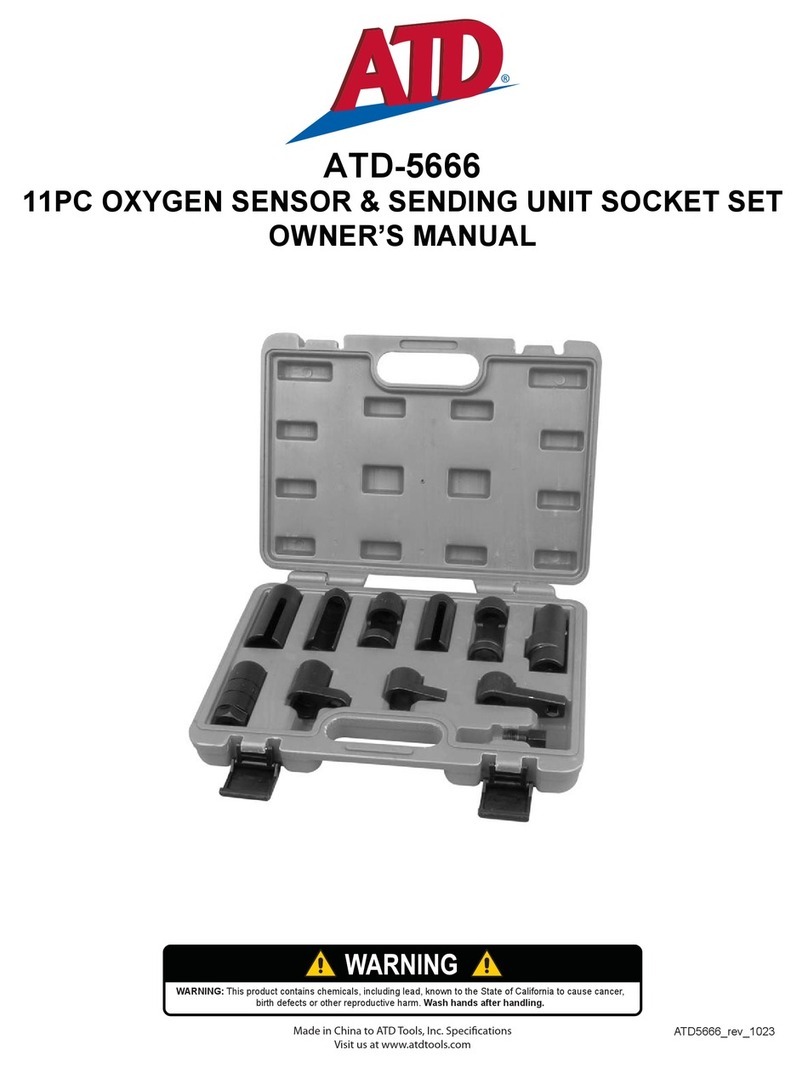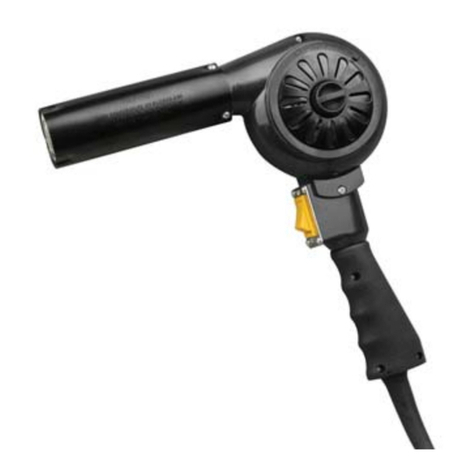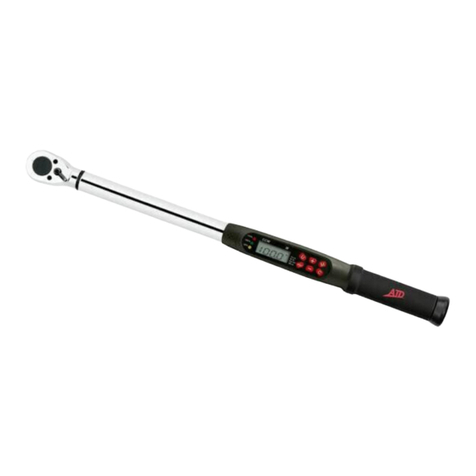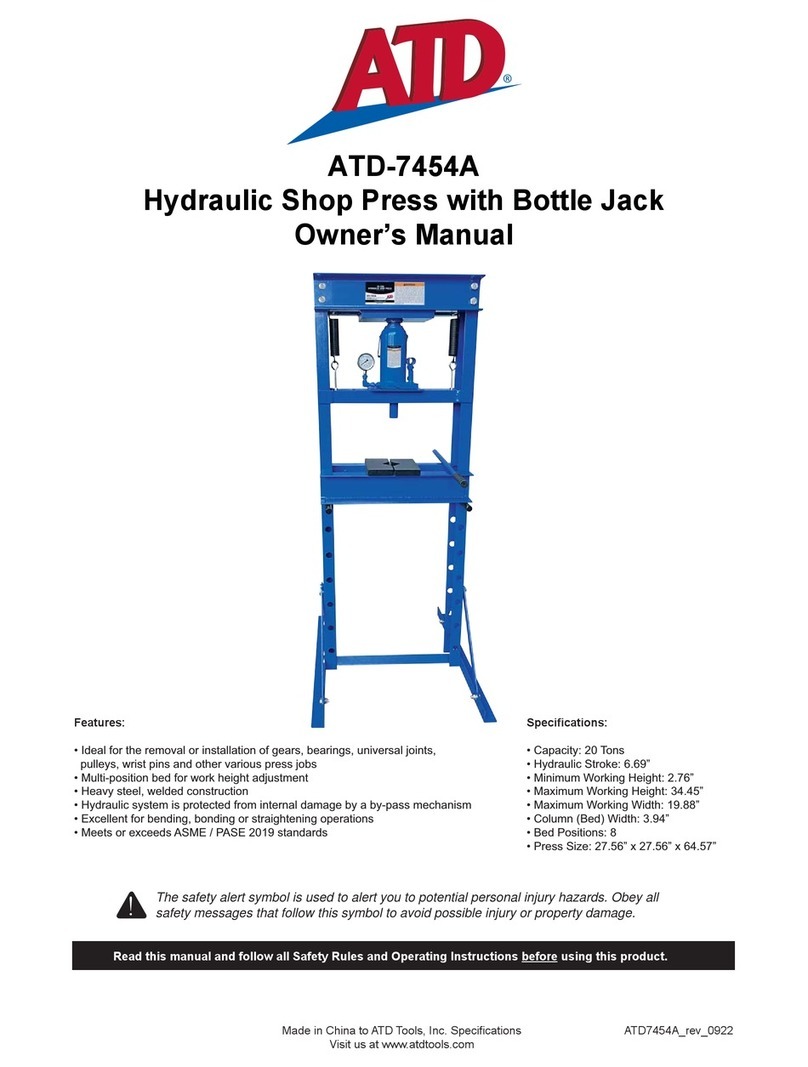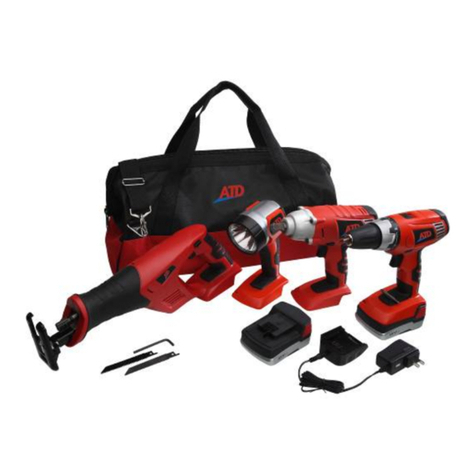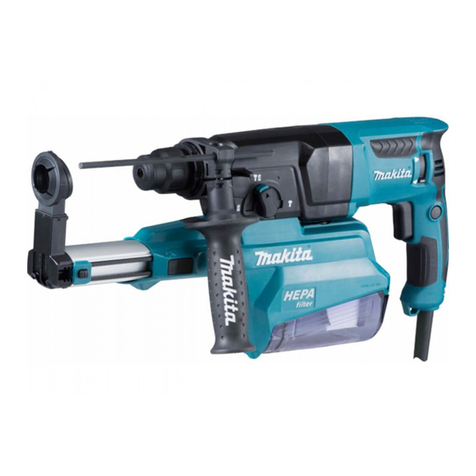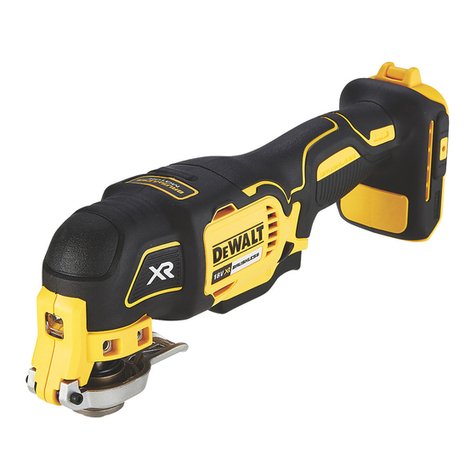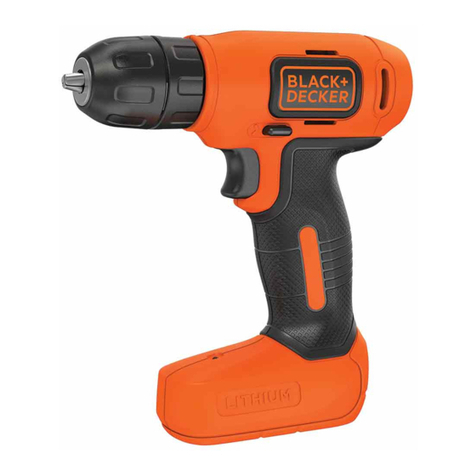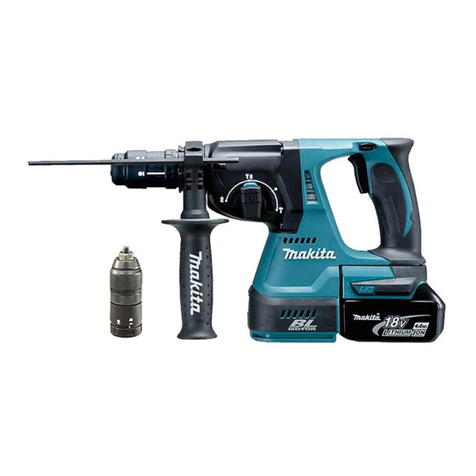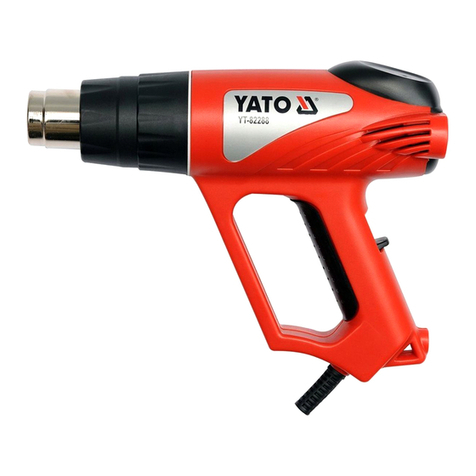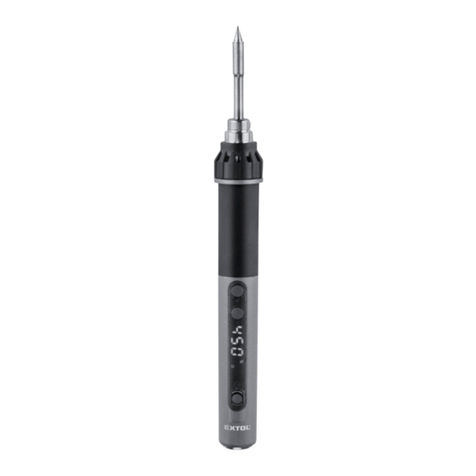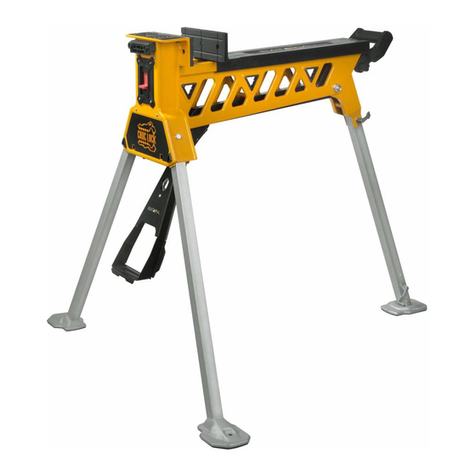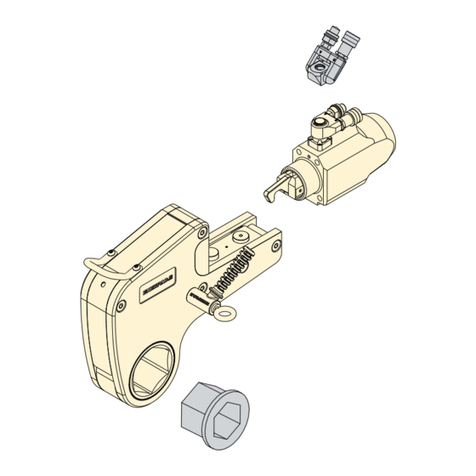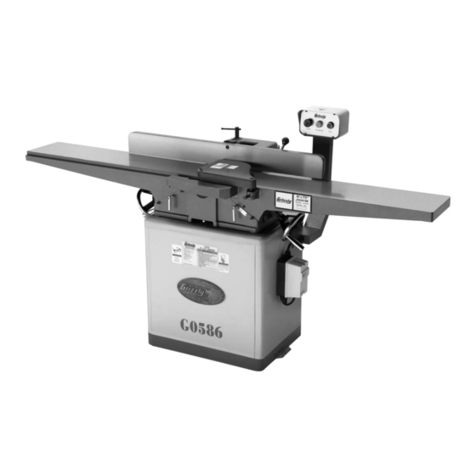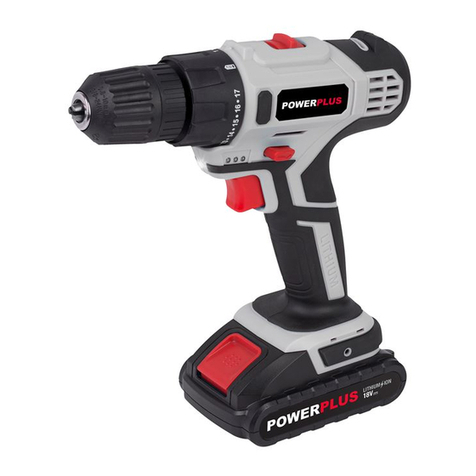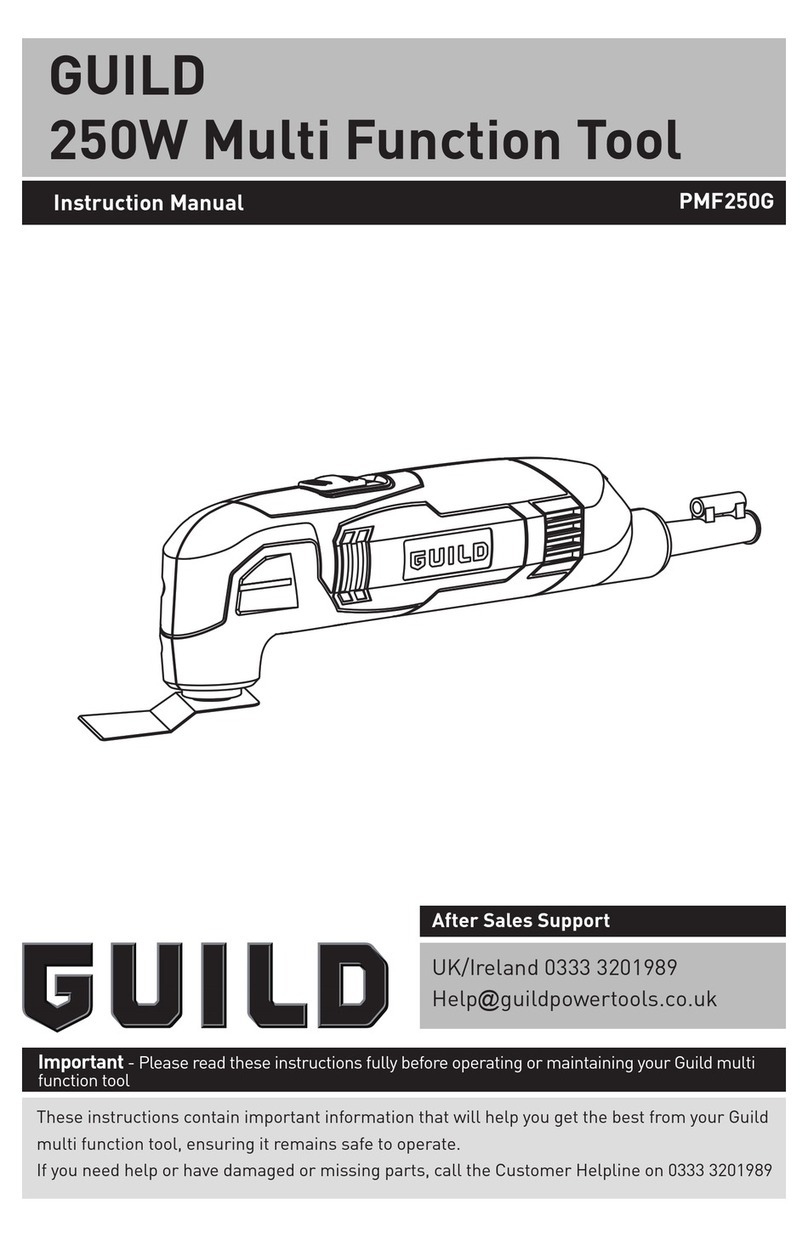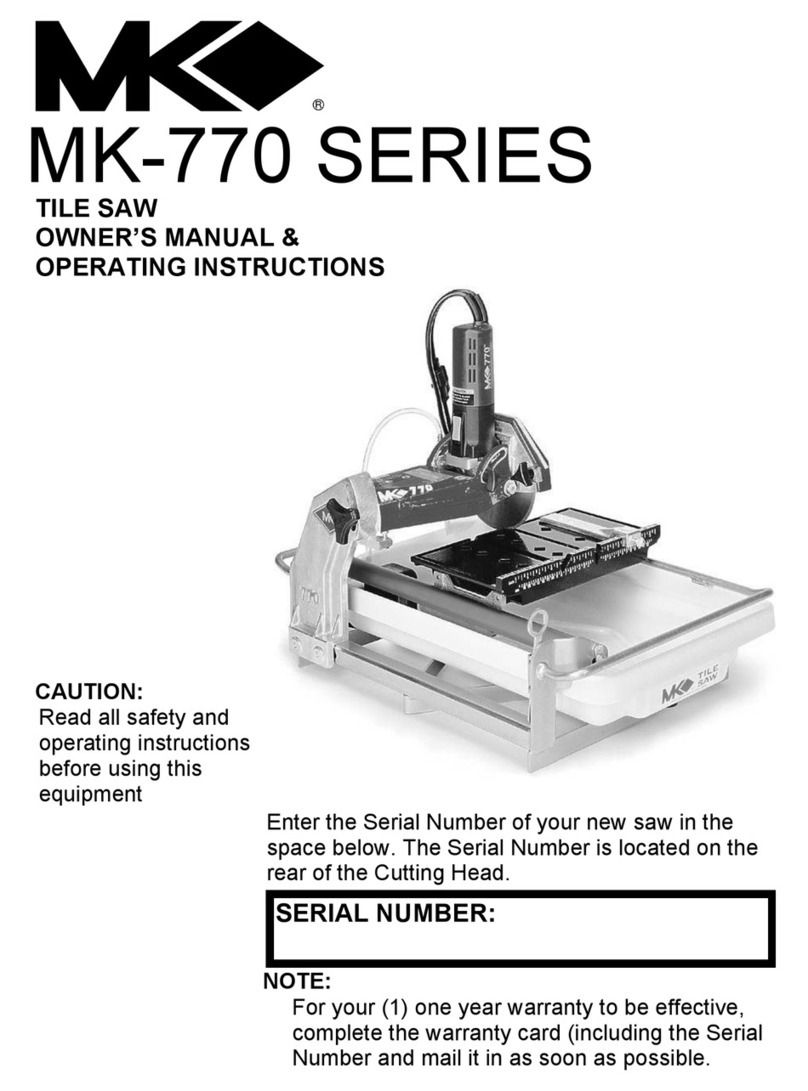
•Do not allow the hose to kink, twist, curl, crush, cut
or bend so tightly that the fluid flow within the hose is
blockedorreduced. Periodically inspect the hose for
wear, because any of these conditions can damage
the hose and possibly result in personal injury.
•Do not pull, position or move setup by the hose. Do-
ingsocan damage the hose and possibly cause per-
sonal injury.
•Hose material and coupler seals must be compatible
with hydraulic fluid used. Hoses also must not come
in contact with corrosive materials such as battery
acid, creosote-impregnated objects and wet paint.
Hose deterioration due to corrosive material can re-
sultin personal injury. Never paint acoupler or hose.
•Theusermust be a qualified operator familiar with the
correctoperation, maintenance,anduseof cylinders.
Lack of knowledge in any of these areas can lead to
personalinjury.
•Read and understand all safety and warning decals
and instructions.
•Useonly approvedaccessoriesandapproved hydrau-
lic fluid. Hoses, seals and all components used in a
system must be compatible with the hydraulic fluid
used.
•Do not exceed the rated capacity of the cylinder. Ex-
cess pressure can result in personal injury.
•Inspecteachcylinderandcouplerbeforeeachuseto
preventunsafe conditionsfromdeveloping.
•Do not use cylinders if they are damaged, altered or
in poor condition.
•Donotusecylinderswith bent or damaged coupler or
damaged threads.
•Undercertainconditions,theuseofanextensionwith
a hydraulic cylinder may not be advisable and could
present a dangerous condition.
•Avoid pinch points or crush points that can be cre-
ated by the load or parts of cylinder.
•Tohelpprevent material
fatigue if the cylinder is to
be used in a continuous
application, the load
should not exceed 85% of
the rated capacity.
•Cylinder must be on a
stable base which is able
to support the load while
pushing or lifting.
•Ensure cylinder is fully
engagedinto/ontoadapt-
ers, extension accessories.
4
•Tohelpprevent personalinjury,useshims,frictionma-
terialor constraintstopreventslippage of thebaseor
load.
•Donotoff-centerloadsonacylinder.Theloadcantip
or the cylinder can "kick out" and cause personal in-
jury.
•Do not use the locking collar on threaded piston as a
stop. The threads may shear resulting in loss of the
load.
•Do not create an overload condition where force ex-
ertedby one cylinder will intensify downward forceon
another cylinder.
•If this component is used to lift or lower loads, be
certain that the load is under operator control at all
times and that others are clear of the load. Do not
drop the load.
•Asthe load islifted,useblocking and cribbing toguard
againstafallingload.
•Neverallow personnel to work on, under or around a
loadbeforeitisproperlysupported byappropriateme-
chanicalmeans.Neverrelyonhydraulicpressurealone
to support load.
•Allpersonnel must be clear beforelowering.
•Never try to disassemble a hydraulic cylinder, Refer
repairstoqualified, authorized personnel.
IMPORTANT
•Keep cylinder clean at all times.
•Whenthe cylinder is not is use, keep the ram(s) fully
retracted.
•Use an approved, high-grade pipe thread sealant to
sealallhydraulicconnections.Teflon tape can be used
ifonlyonelayerof tape is used and it is applied care-
fully(two threadsback)toprevent the tapefrombeing
introducedintohydraulicsystem.Apieceoftapecould
travelthrough thesystemandobstructthe flowoffluid
andadversely affectfunction.
•NeverattachANYcomponentnotauthorizedbymanu-
facturer.
•Neveruse other than factory provided and/or author-
ized fasteners.
KNOWYOUR SYSTEM
Your cylinder, hose(s), couplings and pump all must be
rated for the same maximum operating pressure, cor-
rectlyconnectedand compatible with the hydraulic fluid
used.Animproperlymatchedsystemcan causethesys-
temto fail and possibly causeseriousinjury.If you are in
doubt,consult your nearest ATD Hydraulics Dealer.
Center loads on cylinder
!
!








